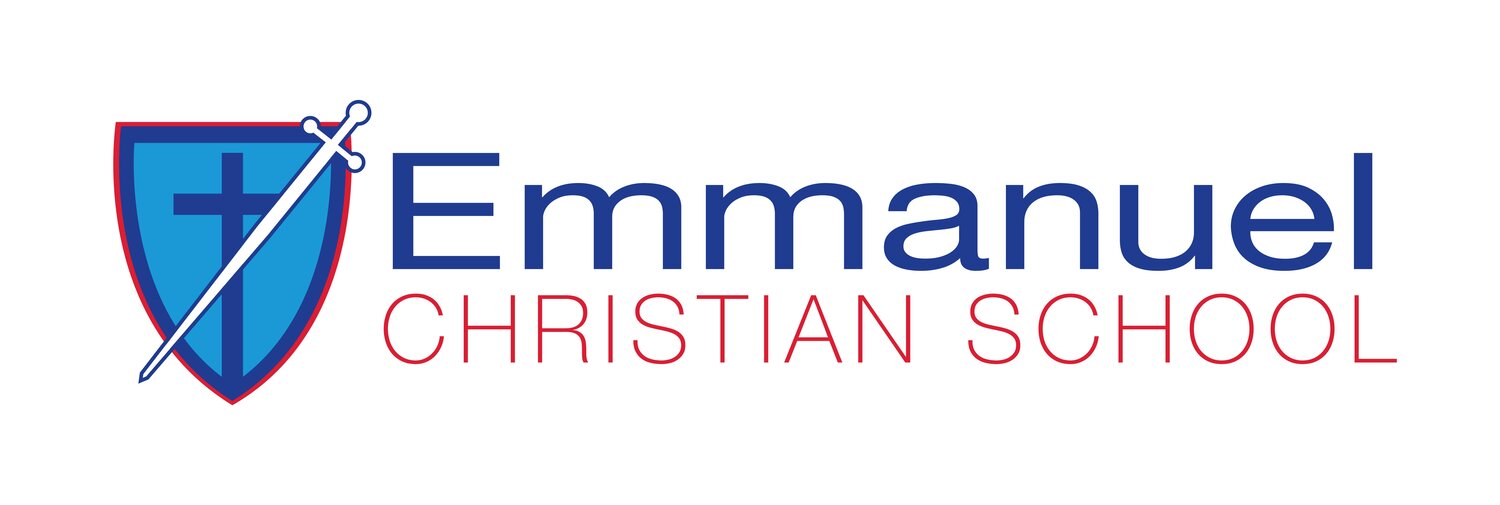Examine yourselves to see whether you are in the faith; test yourselves. Do you not realise that Christ Jesus is in you — unless, of course, you fail the test? — 2 Corinthians 13:5
We all want the best for our young people. We all want to provide helpful and relevant encouragement to help with school work and guide our students to do their best.
Education is going through an interesting philosophical change regarding assessment. Technology is making communication at home easier. Through the SEQTA Engage Learning Management System and the Maths Pathway access, Parents have a growing mass of information about their children’s progress.
One of the best ways to shut down learning is to give a result, and the best way to enhance learning is to provide a comment only. I want our teachers to explore this more with students. Although this doesn’t apply to all students, a grade for a piece of work can shut off learning either explicitly or subconsciously. For example, a ‘C’ grade says, “I have passed, so there is nothing else to do.” Where-as a ‘D’ might discourage the learner as they have missed the fabled ‘C’.
A comment that picks up something positive and makes some useful suggestions may help students increase their arsenal of ideas to do better in the future. Students have a sense of hope and learning is ongoing which continues to build each successive piece of work.
A word that may be new to many is rubric. A rubric is another way for teachers to assess student work. Not only do students see what they accomplished, but they also see what they could have done to get a higher mark. It also shows how marks can work effectively and not limit achievement that I mentioned earlier.
An example from an assessed rubric from this year is:
This student received ratings in the top box (in this case, the right-hand box) which is excellent. The second line encourages improving poor expression and how to get a stronger result next time.
Parents and teachers have a great conversation starter with assessments like this. Questions can range from, ‘Do you understand how to move forward with this?’ through to, ‘Great work. I’m so pleased to see the top box filled. How could you move the second line up to the next box?’ Our young people can answer questions like this, and if they can’t, we can work out how to help them specifically. Learning together and encouraging learning regularly and genuinely can make a huge difference.
Scott Winkler — Principal

